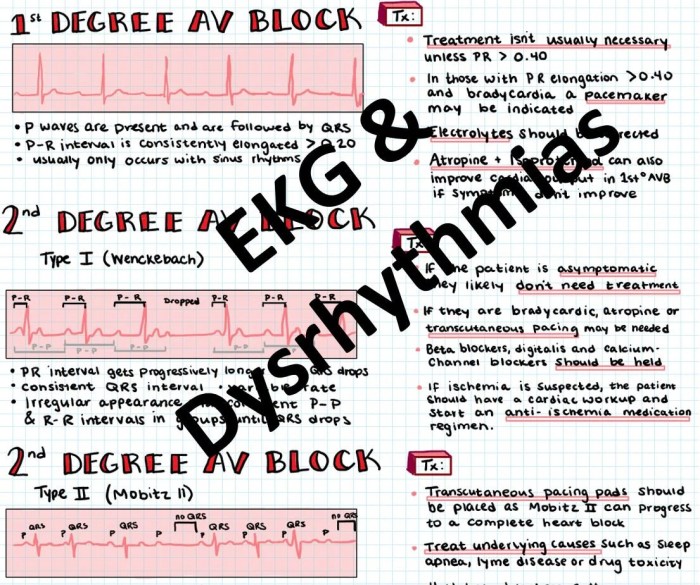Welcome to our in-depth exploration of basic dysrhythmia review for the Nurse AdventHealth. In this comprehensive guide, we will delve into the fundamentals of dysrhythmias, their classification, and the electrical conduction system of the heart. Together, we will navigate the different types of basic dysrhythmias, exploring their assessment, monitoring, and nursing interventions.
As we progress, we will uncover the crucial role of advanced cardiac life support (ACLS) in dysrhythmia management, including defibrillation and cardioversion. Case studies will provide real-world examples, highlighting the significance of critical thinking in dysrhythmia management. Finally, we will emphasize the importance of patient education and support, empowering individuals to manage their dysrhythmias effectively.
1. Basic Dysrhythmia Overview

Dysrhythmias are abnormal heart rhythms that can cause a variety of symptoms, including palpitations, chest pain, and shortness of breath. They are classified into two main types: bradydysrhythmias, which are slow heart rhythms, and tachyarrhythmias, which are fast heart rhythms.
The electrical conduction system of the heart is responsible for generating and coordinating the heart’s electrical impulses. It consists of the sinoatrial (SA) node, the atrioventricular (AV) node, the bundle of His, and the Purkinje fibers.
There are many different types of basic dysrhythmias, each with its own unique characteristics. Some of the most common types include sinus bradycardia, sinus tachycardia, atrial fibrillation, and ventricular tachycardia.
2. Assessment and Monitoring

The assessment of a patient with a suspected dysrhythmia begins with a thorough history and physical examination. The nurse should ask the patient about their symptoms, as well as any risk factors for dysrhythmias, such as heart disease, diabetes, or electrolyte imbalances.
Electrocardiography (ECG) is the most important tool for diagnosing dysrhythmias. An ECG is a recording of the heart’s electrical activity, and it can be used to identify the type of dysrhythmia and its severity.
Patients with dysrhythmias should be monitored closely to assess their response to treatment and to prevent complications. Monitoring may include regular ECGs, blood pressure checks, and pulse oximetry.
3. Nursing Interventions: Basic Dysrhythmia Review For The Nurse Adventhealth

- Monitor the patient’s vital signs and ECG.
- Administer medications as prescribed.
- Educate the patient about their dysrhythmia and its management.
- Provide emotional support to the patient and their family.
Medications are often used to treat dysrhythmias. The type of medication used will depend on the type of dysrhythmia and its severity.
Patient education is an important part of dysrhythmia management. The nurse should teach the patient about their dysrhythmia, its symptoms, and its treatment. The nurse should also teach the patient how to manage their dysrhythmia and how to prevent complications.
4. Advanced Dysrhythmia Management

Advanced cardiac life support (ACLS) is a set of protocols that are used to manage life-threatening dysrhythmias. ACLS includes the use of defibrillation, cardioversion, and pacing.
Defibrillation is a procedure that uses an electrical shock to stop a fast, chaotic heart rhythm. Cardioversion is a procedure that uses a synchronized electrical shock to convert a fast, regular heart rhythm to a normal rhythm.
Pacing is a procedure that uses an electrical device to stimulate the heart to beat at a regular rhythm.
Question Bank
What is the most common type of basic dysrhythmia?
Sinus tachycardia
What is the first step in assessing a patient with a suspected dysrhythmia?
Taking a thorough patient history
What is the role of electrocardiography (ECG) in dysrhythmia diagnosis?
ECG is a non-invasive test that records the electrical activity of the heart, helping to identify and classify dysrhythmias.